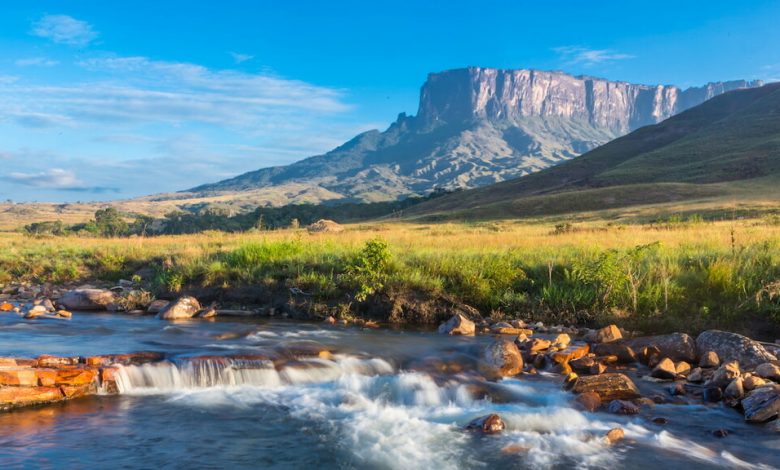Pre-Columbian history

Pre-Columbian history
Cult image sculpted in ceramic, Los Roques Archipelago.
Petroglyph in the Waraira Repano National Park.
Evidence exists of human habitation in the area now known as Venezuela from about 15,000 years ago. Leaf-shaped tools from this period, together with chopping and plano-convex scraping implements, have been found exposed on the high riverine terraces of the Rio Pedregal in western Venezuela.[33] Late Pleistocene hunting artifacts, including spear tips, have been found at a similar series of sites in northwestern Venezuela known as “El Jobo”; according to radiocarbon dating, these date from 13,000 to 7,000 BC.[34]
It is not known how many people lived in Venezuela before the Spanish conquest; it has been estimated at around one million.[35] In addition to indigenous peoples known today, the population included historical groups such as the Kalina (Caribs), Auaké, Caquetio, Mariche, and Timoto–Cuicas. The Timoto–Cuica culture was the most complex society in Pre-Columbian Venezuela, with pre-planned permanent villages,
surrounded by irrigated, terraced fields. They also stored water in tanks.[36] Their houses were made primarily of stone and wood with thatched roofs. They were peaceful, for the most part, and depended on growing crops. Regional crops included potatoes and ullucos.[37] They left behind works of art, particularly anthropomorphic ceramics, but no major monuments. They spun vegetable fibers to weave into textiles and mats for housing. They are credited with having invented the arepa, a staple in Venezuelan cuisine.[38]
After the conquest, the population dropped markedly, mainly through the spread of new infectious diseases from Europe.[35] Two main north–south axes of pre-Columbian population were present, who cultivated maize in the west and manioc in the east.[35] Large parts of the llanos were cultivated through a combination of slash and burn and permanent settled agriculture.[35]
